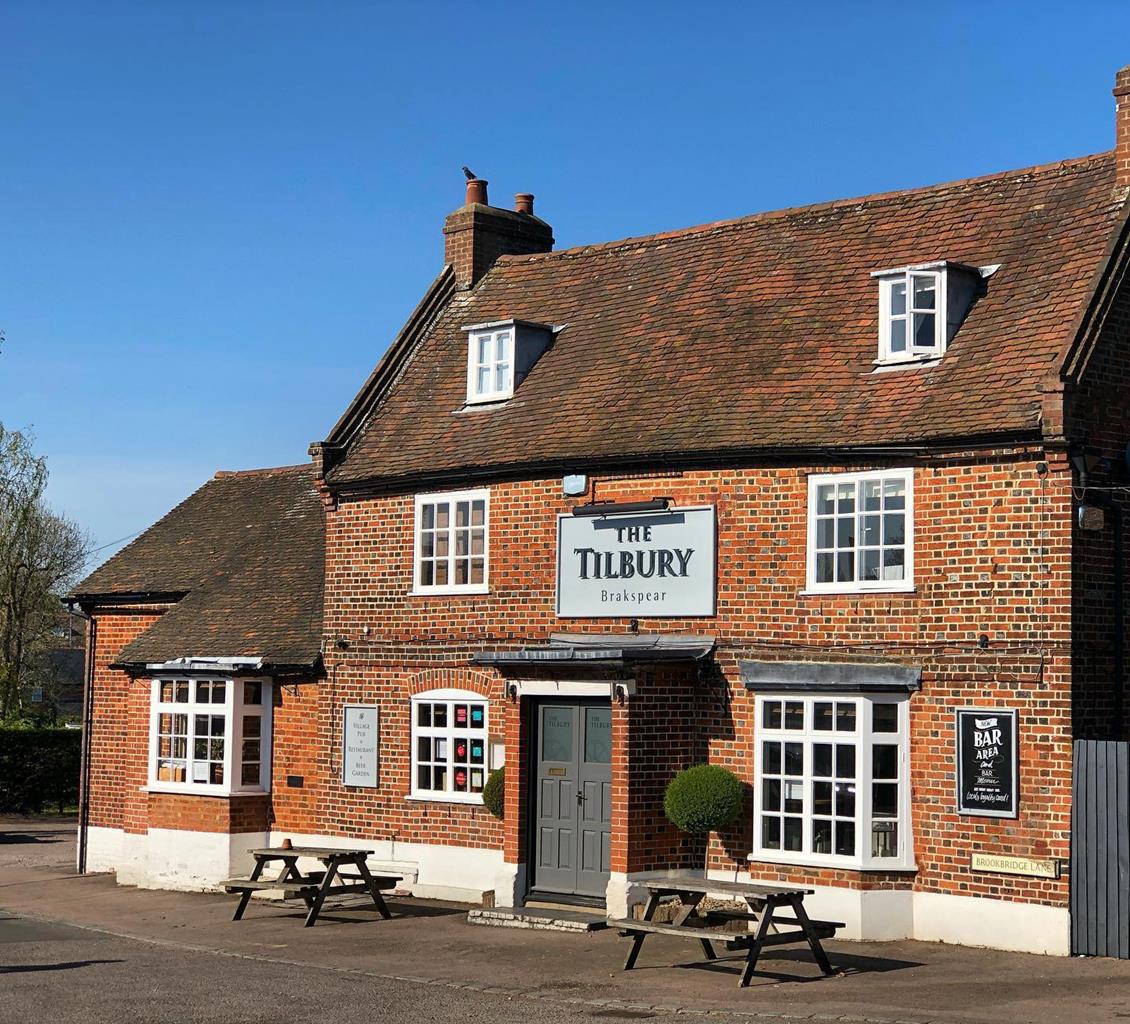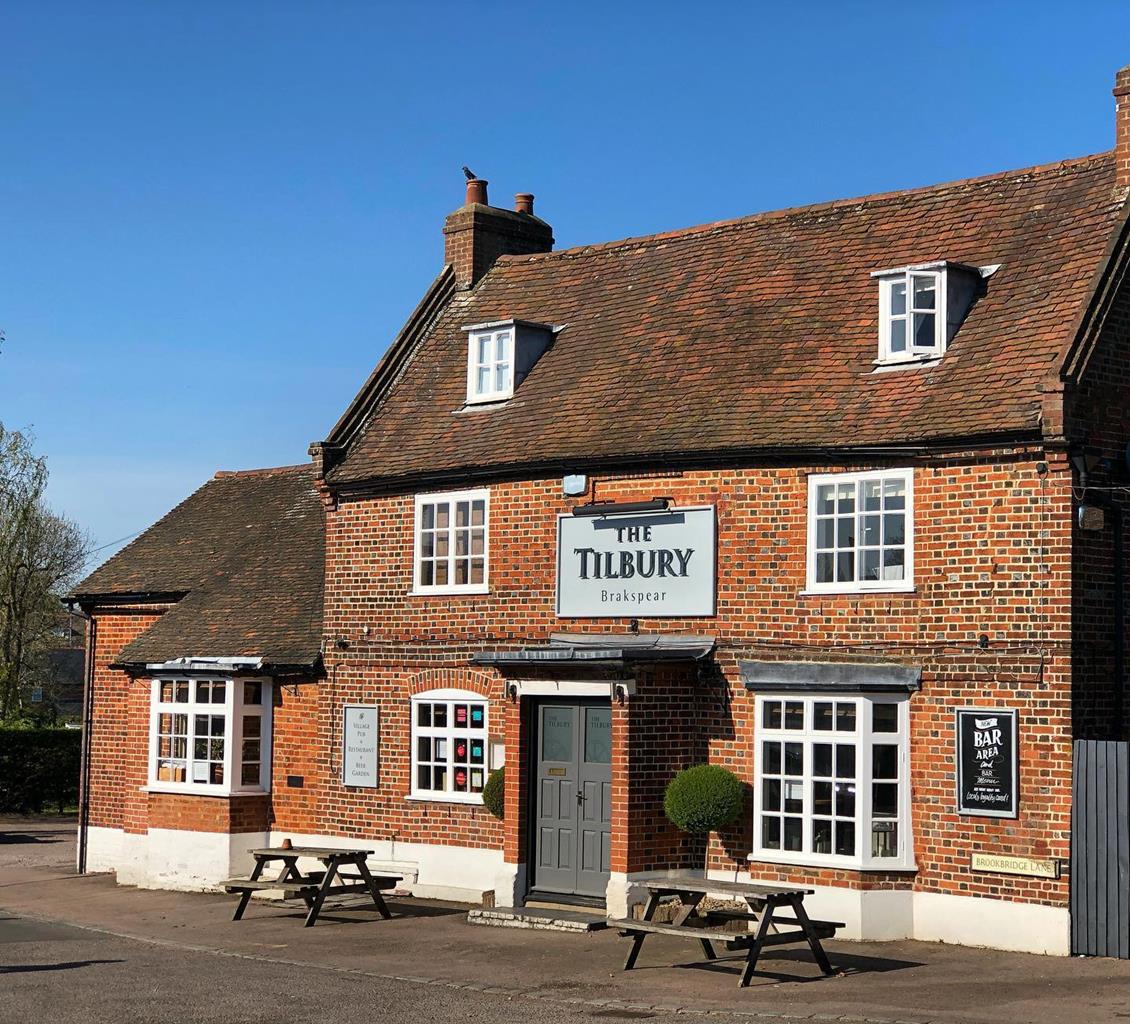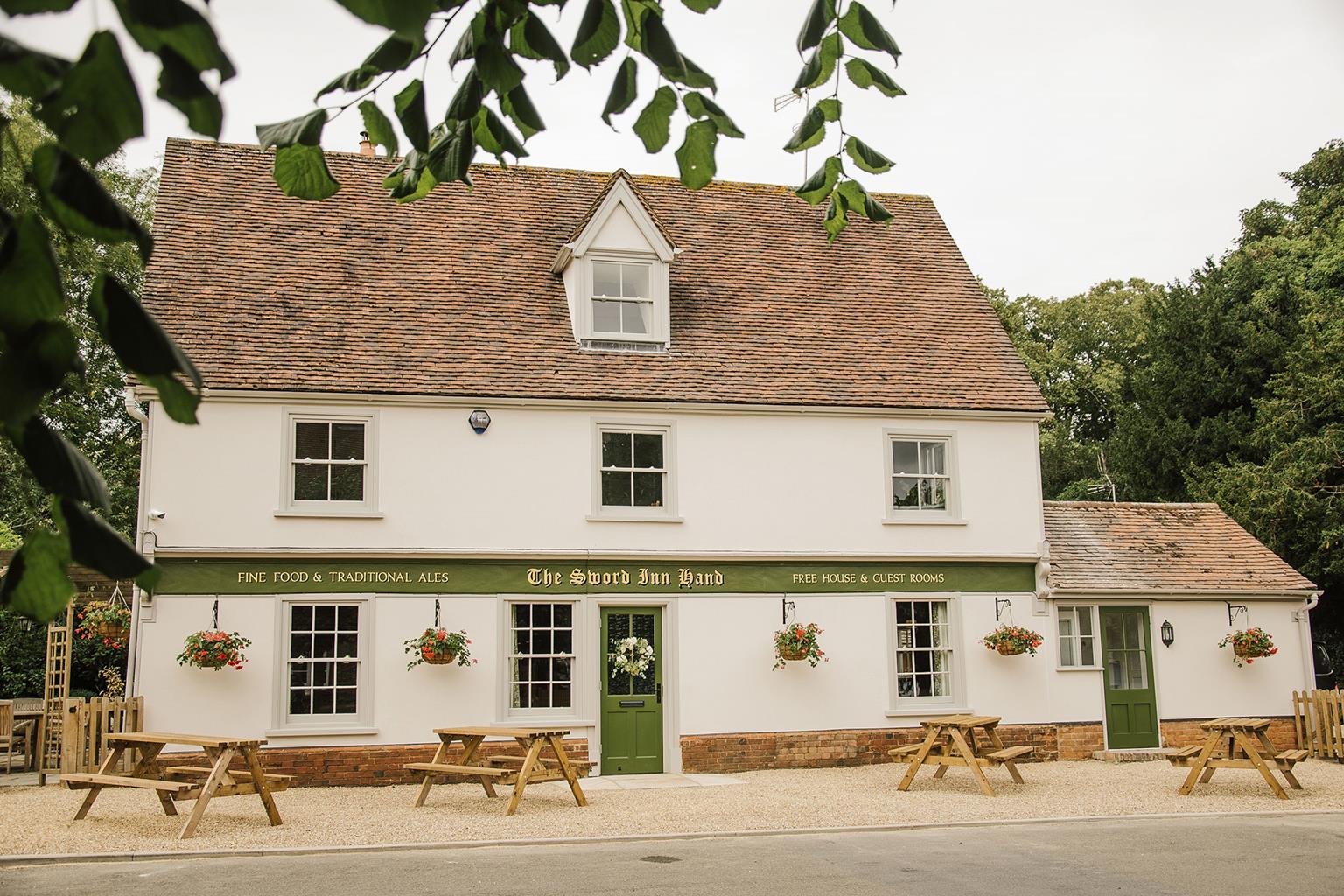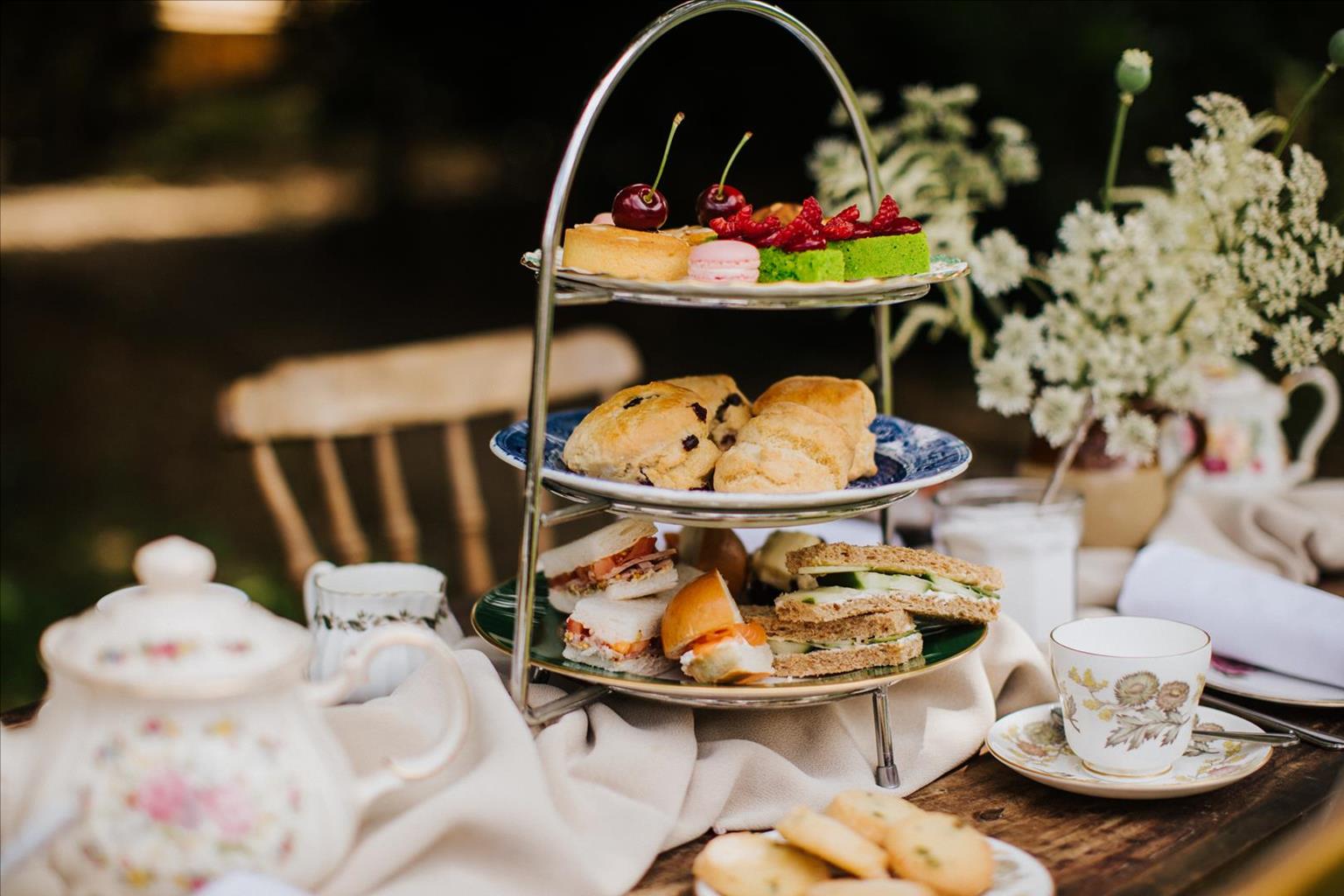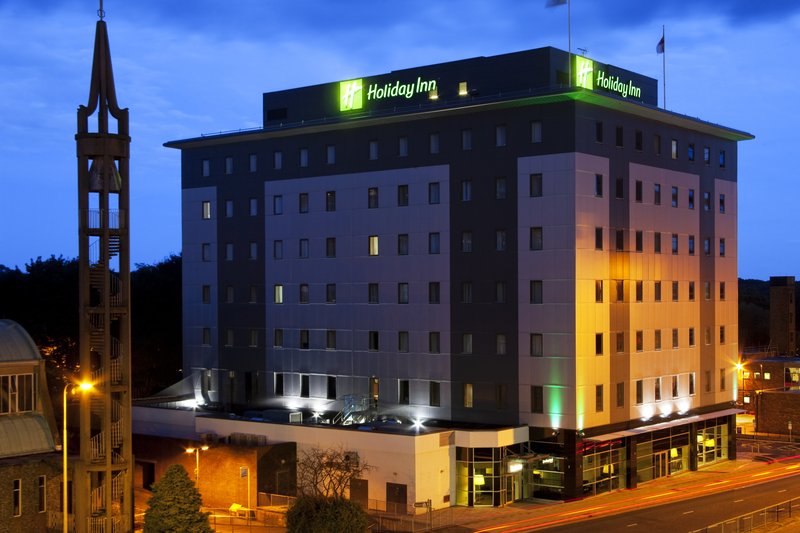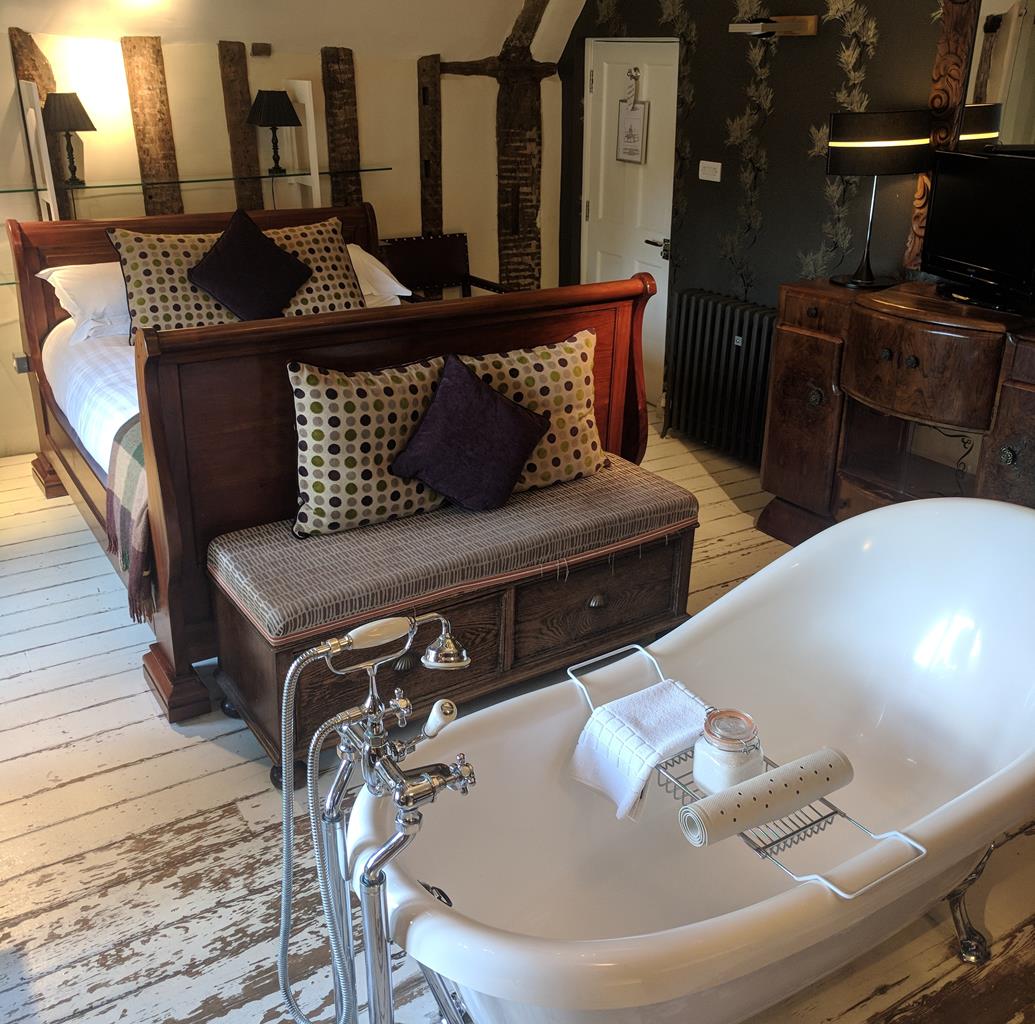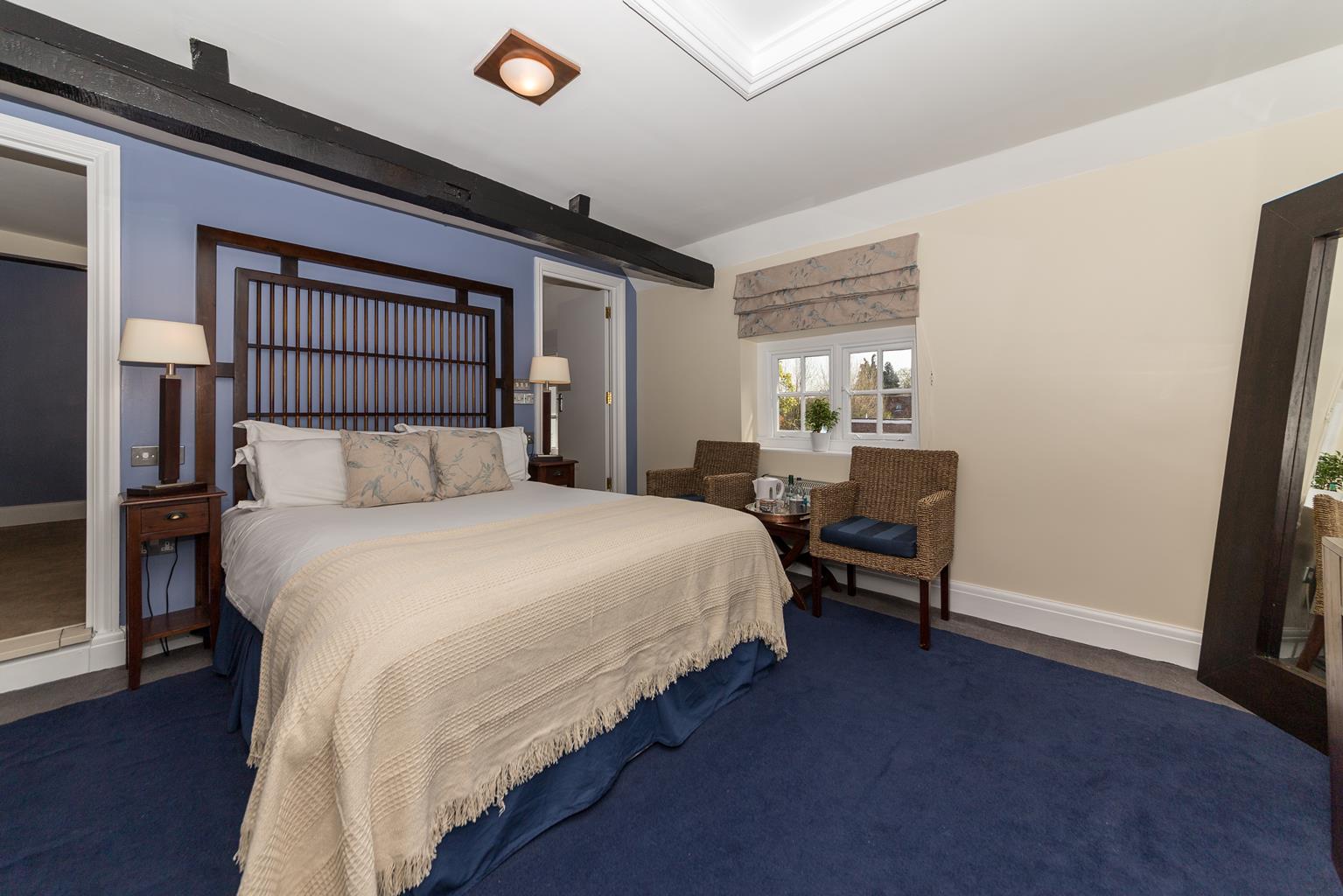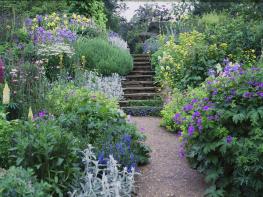Holiday Inn Stevenage is situated in the heart of the town centre and just 25 minutes from…
Walking the Beane Valley

6 miles (9.7kms)
About the walk
The River Beane flows south from the chalk ridge that runs northeast from Baldock to Royston. This very pretty walk follows the Beane south from Walkern, where it is little more than a meandering stream. The walk's two parishes have a very different relationship to the river. Benington has the river as its western boundary and the village on the chalk plateau to the east, while Walkern extends well to the west with the village on the river, to utilise the water to power its mills.
Different castles
Walkern's medieval castle stands to the east of the village, at Walkern Bury, on the plateau north of Benington. Both villages' castles were the centre of baronies created by Henry I after 1100, but they were very different. Walkern Castle was never more than a motte-and-bailey type and it's now in paddocks behind Walkern Bury Farm. In contrast, Benington Castle acquired a stone keep. Benington Castle had a chequered history. After the civil wars of Stephen's reign (1135–54) it was declared unlicensed by Henry II and demolished in 1177. It was rebuilt by Robert de Valognes and held against Prince John in 1193 for the crusader King, Richard the Lion Heart. Prince John remembered this and in 1213, when he was king, had the castle demolished. Remnants survive, including the keep up to a height of about 9ft (2.7m) in places. A house called The Lordship, dating from about 1740, occupies much of the bailey of the old castle.
Different villages
Benington village was once a thriving market town. In 1305 John de Benstede acquired a weekly market and annual fair. The market has since lapsed but the fair still continues. Dating mostly from the early 14th century, with a 15th-century tower, St Peter's Church stands to the west of the pretty triangular green, which was formerly the marketplace. In Walken you'll find more interesting old buildings. Its three pubs span four centuries: the White Lion (partly 16th); the Yew Tree (mid-18th); and the (now closed) Robin Hood (early 19th). Beyond Stevenage Road, Rooks Nest Farm is an early 17th-century brick farmhouse with a central stack and a porch. There was also a brewery here and maltings, both of which have been converted into housing. At the south end of the village the former Walkers Mill is also now houses.
Walk directions
Walk past the entrance to Lordship Gardens. At the green bear left, passing Old School Green. Before a bend go right on to a bridleway. Go left of the gates to Walkern Hall. Passing horse paddocks to your left and the stucco hall to the right, reach a lane and turn right.
Immediately past Walkern Hall Farm turn left to leave the lane for a bridleway signed 'Bassus Green'. Continue past some farm buildings on a track to a stream. Ascend, with woods to your right, curving right to a lane. At the lane go left to Bassus Green and straight on at the crossroads, on to a farm access lane.
At Walkern Bury Farm turn left. By a byway sign turn right on to a track to descend into the valley bottom. Here you turn left on to a green lane. Follow this muddy green lane into Walkern village.
From St Mary's Church cross the River Beane on a footbridge, then turn left through a kissing gate into pasture. Beyond some farm buildings head diagonally to a kissing gate and then on to the road. Turn left into Walkern High Street to walk through the village, keeping ahead at the junction signposted 'Benington'.
Once out of the village, where the road bears left, go through a gate and immediately go left to a gate along a track. Go through a kissing gate this for the start of a mile-long (1.6km) walk along the Beane Valley, the river winding on your left. At a footpath junction, where the river swings right, cross it on a wooden footbridge.
Now head between arable fields towards woodlands on the ridge ahead. Cross the road (to a footpath signposted 'Benington 1') and climb to the woods. After these you pass through Lordship Farm – follow the waymarker arrows painted on the buildings – on to an often very muddy track. Continue into cattle-grazed pasture and keep right when the track forks, to a galvanised gate. Across a footbridge the path bears right in more pasture to bypass Benington Bury, a large Victorian house, to a gate in the far corner. The path skirts Lordship Gardens on your right and sheep pasture on your left to Walkern Road. Turn right, back to the green and St Peter's Church.
Additional information
Field paths, bridleways and village roads
Rolling chalkland scenery, descending to deeply cut valley
Mostly arable land, but some cattle pasture; horse paddocks round many farms; on lead in Walkern village
OS Explorers 193 Luton & Stevenage; 194 Hertford & Bishop's Stortford
On roadside near Benington's parish church
None on route
WALKING IN SAFETY
Read our tips to look after yourself and the environment when following this walk.
Find out more
Also in the area
About the area
Discover Hertfordshire
As Hertfordshire is so close to London, many of its towns have become commuter havens. St Albans, less than 19 miles (30km) from the capital, has retained its distinctive character, along with many historic remains. The Roman city of Verulamium is situated in a nearby park, and excavations have revealed an amphitheatre, a temple, parts of the city walls and some house foundations. There are also some amazing mosaic pavements.
The abbey church at St Albans is thought to have been built on the same site where St Alban met his martyrdom in the 3rd century. The abbey was founded in 793 by King Offa of Mercia, and contains the saint’s shrine, made of Purbeck marble. Lost for years, it was discovered in the 19th century, in pieces, and restored by the designer of the red telephone box, Sir Giles Gilbert Scott. The abbey also contains some wonderful medieval wall paintings. Nicholas Breakspear was born in St Albans, the son of an abbey tenant. In 1154 he took the name Adrian IV, and became the first, and so far only, English pope. Another famous son of Hertfordshire was Sir Francis Bacon, Elizabethan scholar and Lord High Chancellor, born in Hemel Hempstead in 1561.
Nearby stays
Restaurants and Pubs
Nearby experiences
Recommended things to do
Why choose Rated Trips?
Your trusted guide to rated places across the UK
The best coverage
Discover more than 15,000 professionally rated places to stay, eat and visit from across the UK and Ireland.
Quality assured
Choose a place to stay safe in the knowledge that it has been expertly assessed by trained assessors.
Plan your next trip
Search by location or the type of place you're visiting to find your next ideal holiday experience.
Travel inspiration
Read our articles, city guides and recommended things to do for inspiration. We're here to help you explore the UK.

